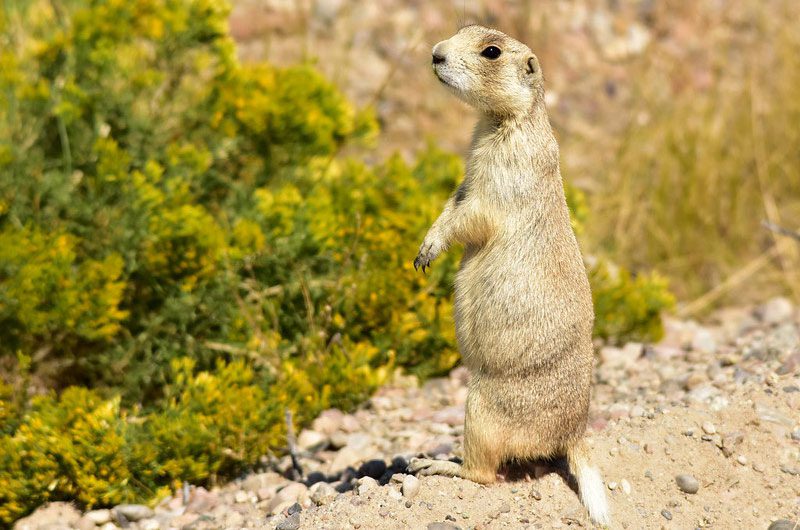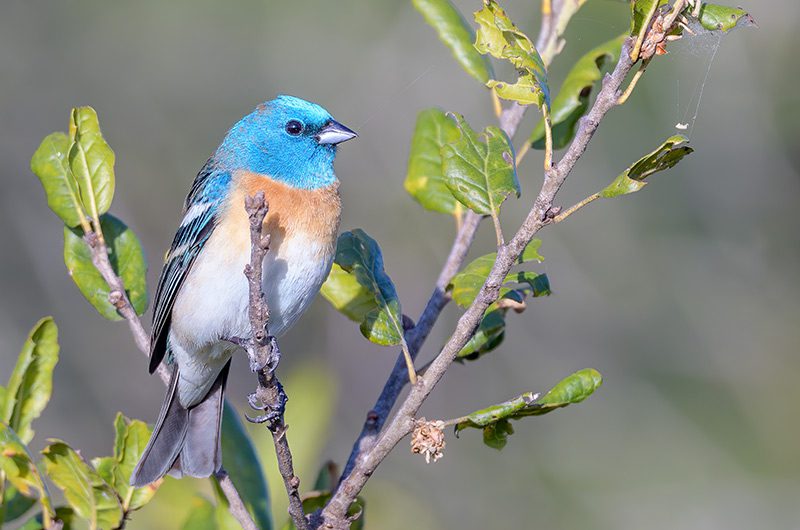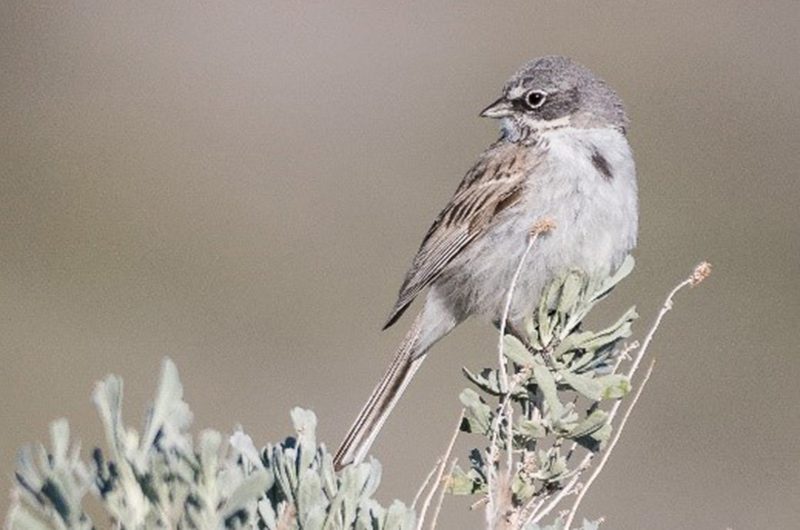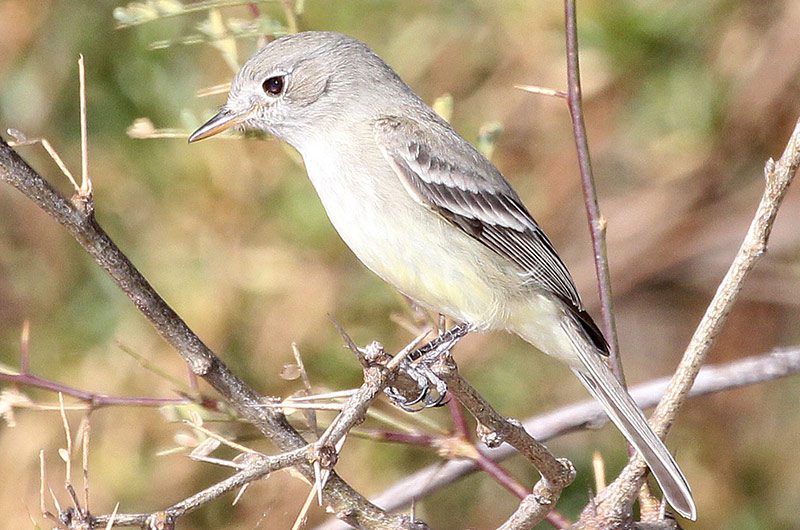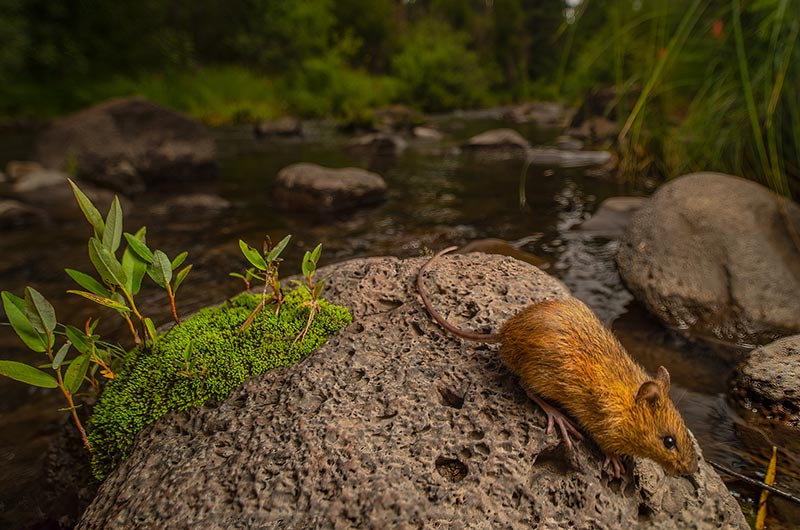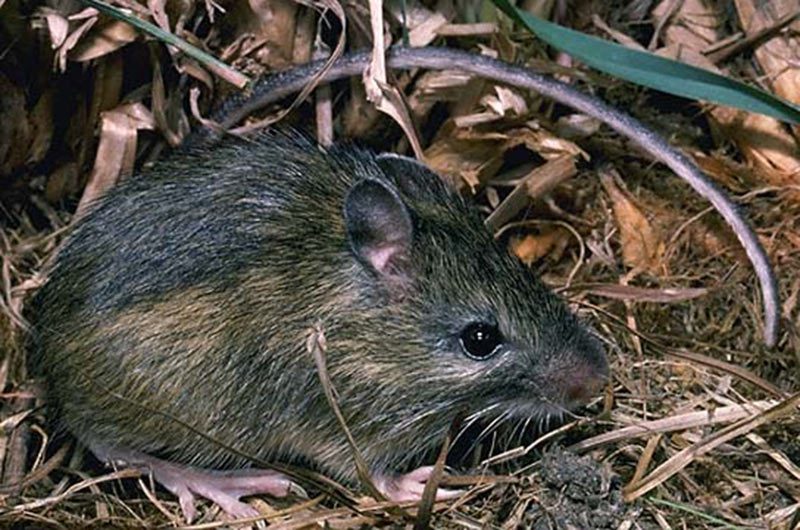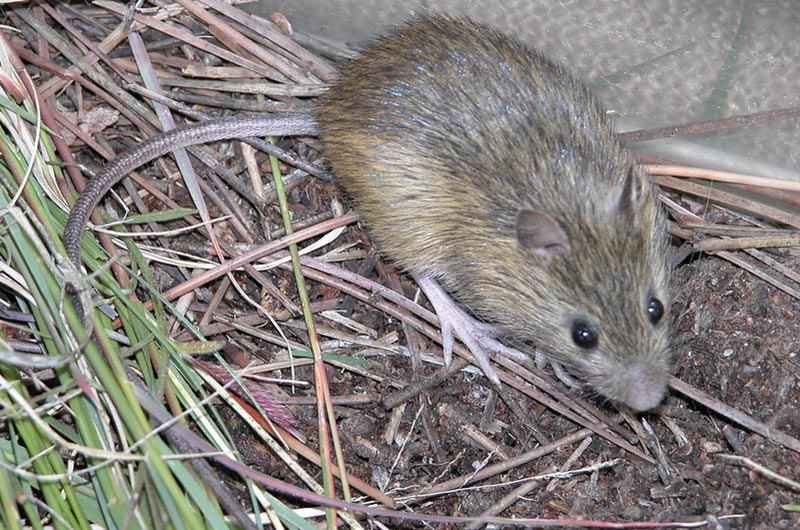LandPKS Learning
Habitat Hub
Factsheets and other helpful resources about the wildlife species living on your land (US only)
White-tailed Prairie Dog
White-tailed prairie dogs prefer eating forbs over grasses. This behavior may increase the availability of forage grasses preferred by other species, including livestock.
Read moreLazuli Bunting
Birds can typically be identified by their song, but lazuli buntings make this a tad tricky. When young males arrive on their breeding grounds, they create their own unique song, which is a rearrangement of notes and syllables from other male lazuli buntings’ songs. They then sing their unique song every subsequent breeding season.
Read moreCouch’s Spadefoot
Be cautious handling Couch’s spadefoot toads as they have a skin secretion that can cause allergic reactions in some people. Reactions to secretions can make cuts and scratches painful, as well as result in sneezing, running nose, and watery eyes.
Read moreSagebrush Sparrow
Breeding territories vary in size and shape, but sagebrush sparrows can maintain some of the largest territories known for any sparrow species. Where sagebrush sparrows are uncommon, their territories can increase in size without limit. Also, the sagebrush sparrow has been split and lumped with Bell’s sparrow, but was recently split again as a separate species. Bell’s sparrow is found in California, southern Nevada, and Baja California.
Read moreScissor-tailed Flycatcher
During the breeding season, scissor-tailed flycatchers live on their own or with a mate. However, before migrating south for the winter, scissor-tailed flycatchers often gather in large groups to rest (or roost). These flocks may contain a hundred or even a thousand individuals. The birds will also gather in large flocks on their wintering grounds, but they leave the flock to feed on their own or in pairs. They very rarely feed within the large flock.
Read moreGray Flycatcher
Until the early 1900s, gray flycatchers were believed to breed only in northern Mexico and then wander north in the U.S. in the fall. After discovering new information about gray flycatchers, such as their distinct downward tail wag, ecologists were better able to distinguish the species in the field from other similar-looking flycatchers and document its breeding range.
Read moreNew Mexico Meadow Jumping Mouse
Beavers significantly impact New Mexico jumping mouse habitat as their dams create slow moving, permanent water sources that encourage diverse and dense vegetation growth that the mice rely on. Beaver activity can also act as a natural fire break.
Read moreWestern Jumping Mouse
When western jumping mice emerge from hibernation in late spring or early summer, they have lost 18% of their body weight from the previous year. Adults quickly build up their fat reserves of up to 2/3 of their body weight to survive the long winter underground without food stores.
Read moreWillow Flycatcher
Willow flycatchers closely resemble alder flycatchers, which also breed in wet, shrubby habitats further north. The two species are mainly identified in the field by their different songs. Until 1973, these two birds were considered the same species, Traill’s flycatcher, the scientific name for willow flycatcher.
Read morePreble’s Meadow Jumping Mouse
The Preble’s jumping mouse has large back feet and legs and can jump up to 3 ft/1 m in a single leap. However, jumping is reserved for extraordinary circumstances and stress. They generally move about by walking or by taking very small hops. This species can also swim.
Read more
Mobile App | Data Portal | Knowledge Hub | Habitat Hub | Learning Collections | Blog | About | Contact | Support

